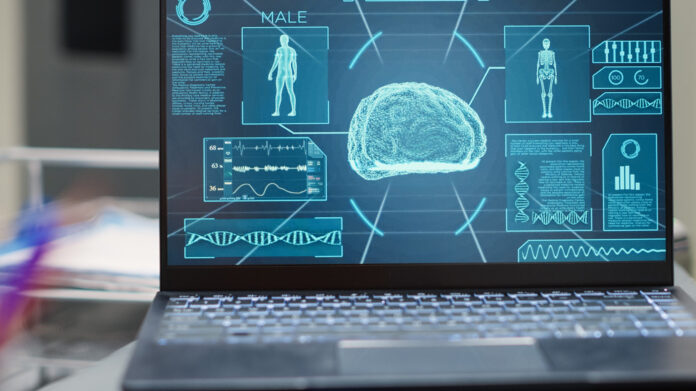Will Algorithms Replace Doctors or Empower Them?
From interpreting X-rays and MRIs to predicting disease outbreaks and analyzing patient data, artificial intelligence is rapidly becoming a vital tool in modern medicine. Once dismissed as a futuristic fantasy, AI-driven diagnostics are now being integrated into healthcare systems around the world. But as algorithms grow more powerful and precise, an important question is beginning to surface: Will AI replace doctors, or will it empower them?
The answer is both more complex and more promising than the extremes might suggest. AI is not here to replace human physicians, but to support them, augment their capabilities, and relieve them of the repetitive tasks that often overwhelm clinical workflows. At its best, AI helps doctors focus more on what they do best, making informed decisions, communicating with patients, and applying clinical judgment based on experience and context.
Across the world, the use of AI in diagnostics is already delivering tangible results. In radiology, machine learning algorithms have shown remarkable accuracy in detecting anomalies such as tumors, fractures, or lesions. Google Health’s AI model for breast cancer screening, for instance, has demonstrated a reduction in false positives and false negatives compared to human radiologists. In ophthalmology, AI systems are being used to screen for
diabetic retinopathy, helping prevent blindness in diabetic patients through early detection.
AI’s strength lies in its ability to process vast quantities of data with speed and consistency.
Unlike human doctors, who may experience fatigue or cognitive overload, AI algorithms can scan thousands of medical images in seconds and pick up subtle patterns that might otherwise be missed. In pathology, AI is being used to analyze tissue samples and assist in cancer grading. In dermatology, smartphone apps powered by AI can now detect skin lesions and
offer preliminary assessments.

The benefits extend beyond imaging. Natural language processing tools are helping physicians extract meaningful information from unstructured clinical notes, speeding up diagnosis and reducing errors. AI-powered risk prediction models are being used to flag high-risk patients in emergency departments or intensive care units, enabling early intervention and better allocation of resources.
Yet, the technology is not without challenges. AI systems are only as good as the data they are trained on. Biases in training data can lead to disparities in diagnostic accuracy, particularly for underrepresented populations. In countries like Sri Lanka, where the local patient data may differ significantly from Western datasets, deploying foreign-trained models without adaptation can lead to misleading or dangerous outcomes. Building local datasets and
training context-sensitive algorithms is critical for success.
There are also legal and ethical questions to address. If an AI tool makes a diagnostic error, who is responsible, the developer, the hospital, or the physician who relied on the result?
Regulations have yet to catch up with the speed of innovation. Moreover, patients may be wary of trusting a machine with life-altering medical decisions. Trust must be built through transparency, validation, and human oversight.
The physician’s role will not disappear, it will evolve. Doctors will increasingly act as interpreters of AI insights, validating the output, contextualizing it within the patient’s history, and guiding next steps. Medical education must adapt accordingly, training the next generation of doctors to work effectively with AI tools. This requires not just technical literacy, but also critical thinking, ethical reasoning, and strong communication skills.
For Sri Lanka and other developing nations, AI offers an opportunity to leapfrog traditional infrastructure gaps. A country with a shortage of radiologists or pathologists can deploy AI-powered screening tools in rural clinics to improve access and efficiency. Telemedicine platforms, enhanced by AI, can connect patients to diagnostic services that were once geographically out of reach. But to do so sustainably, investment must be made in digital
health infrastructure, local algorithm development, and public-private collaboration.
The question is not whether AI will become part of healthcare, it already has. The real question is how we design systems in which technology and humanity work hand in hand.
Rather than pitting man against machine, the future of diagnostics lies in symbiosis, where algorithms handle the complexity of data and humans deliver the compassion and judgment that machines cannot replicate.
AI is not the doctor of the future. It is the doctor’s most powerful assistant. With thoughtful implementation, it can reduce medical errors, lower healthcare costs, and improve outcomes across the board. But it will take policy vision, local innovation, and a human-first mindset to ensure that AI in diagnostics fulfills its promise without compromising what matters most—trust, empathy, and the well-being of the patient.




